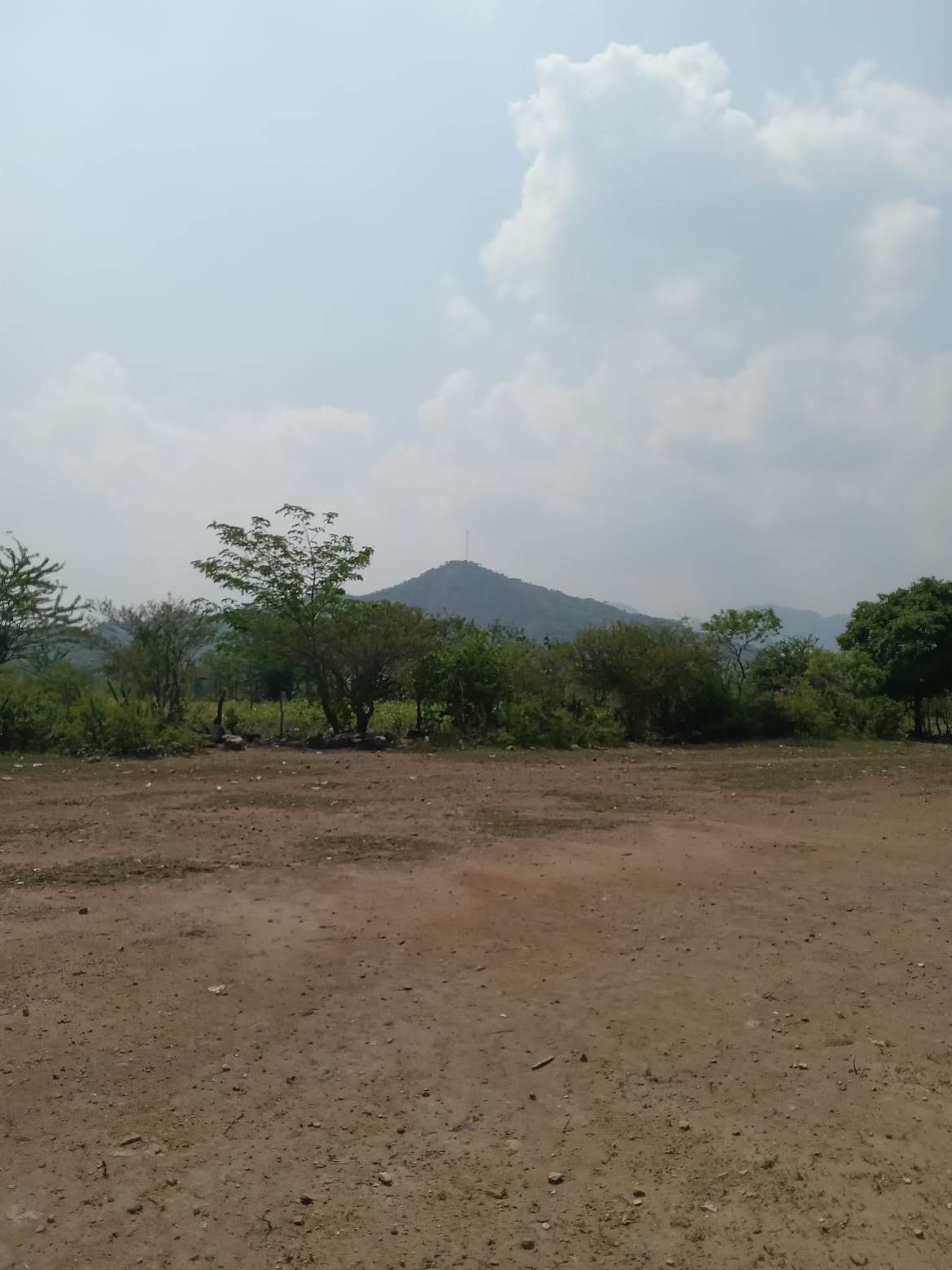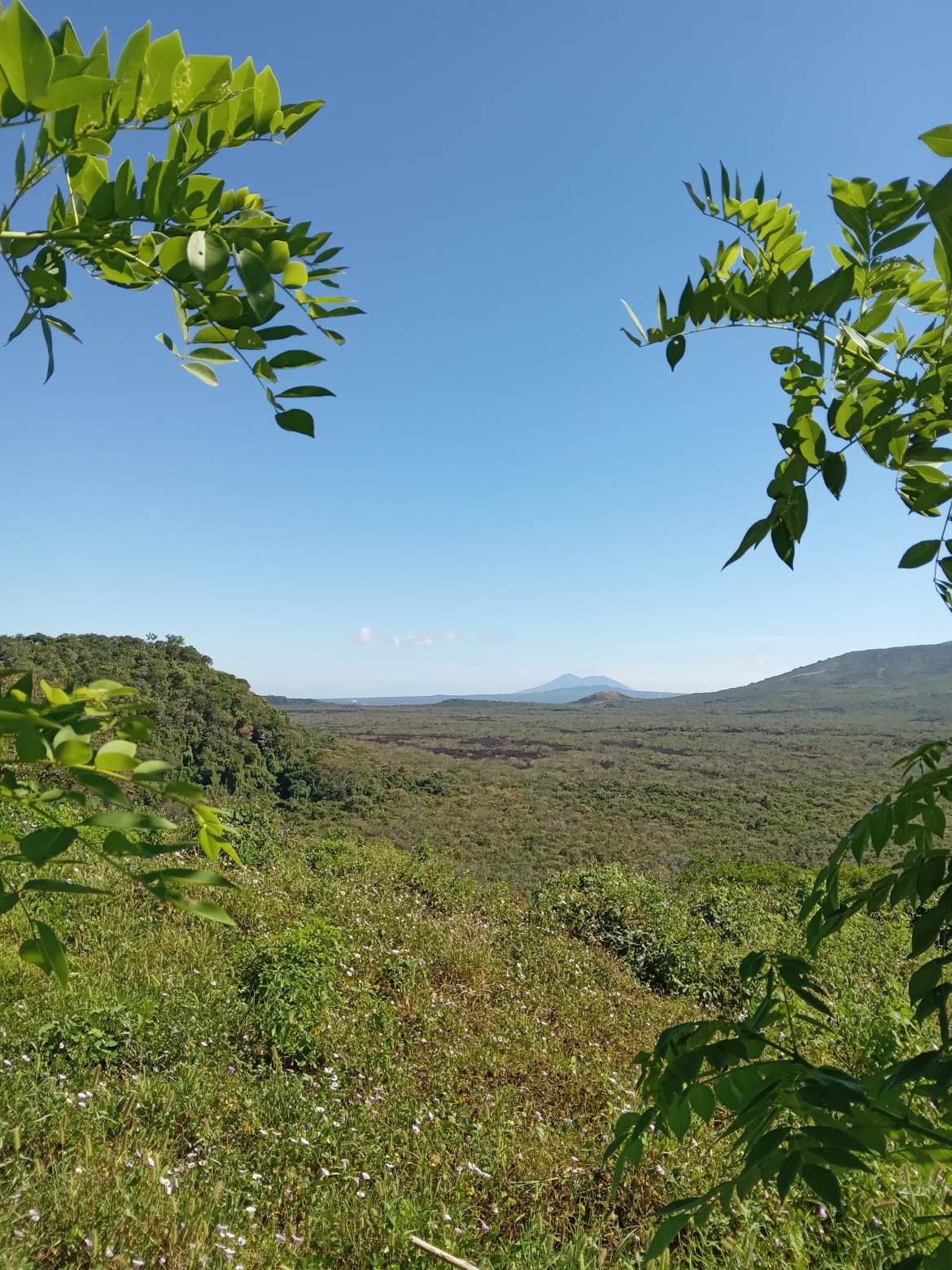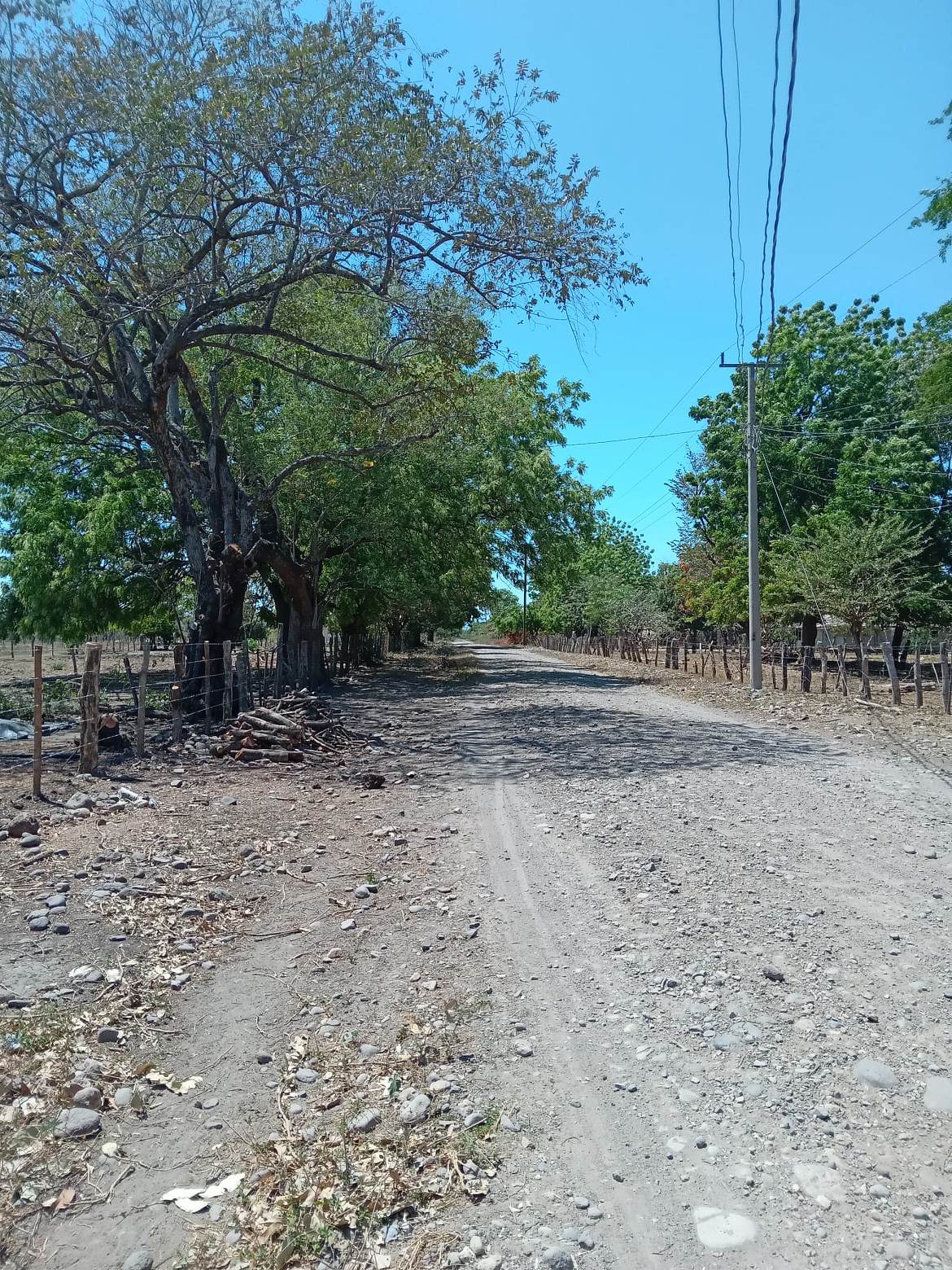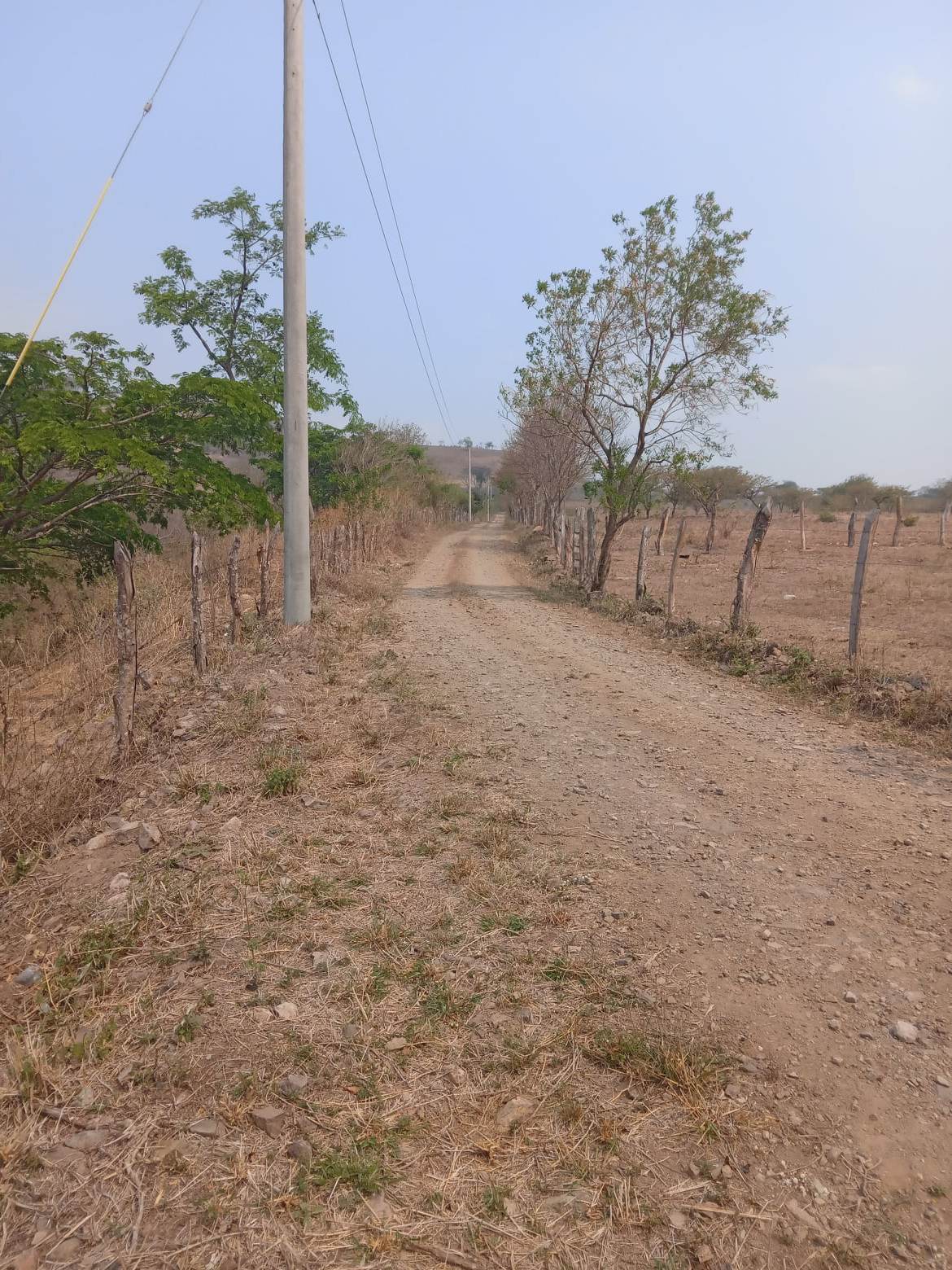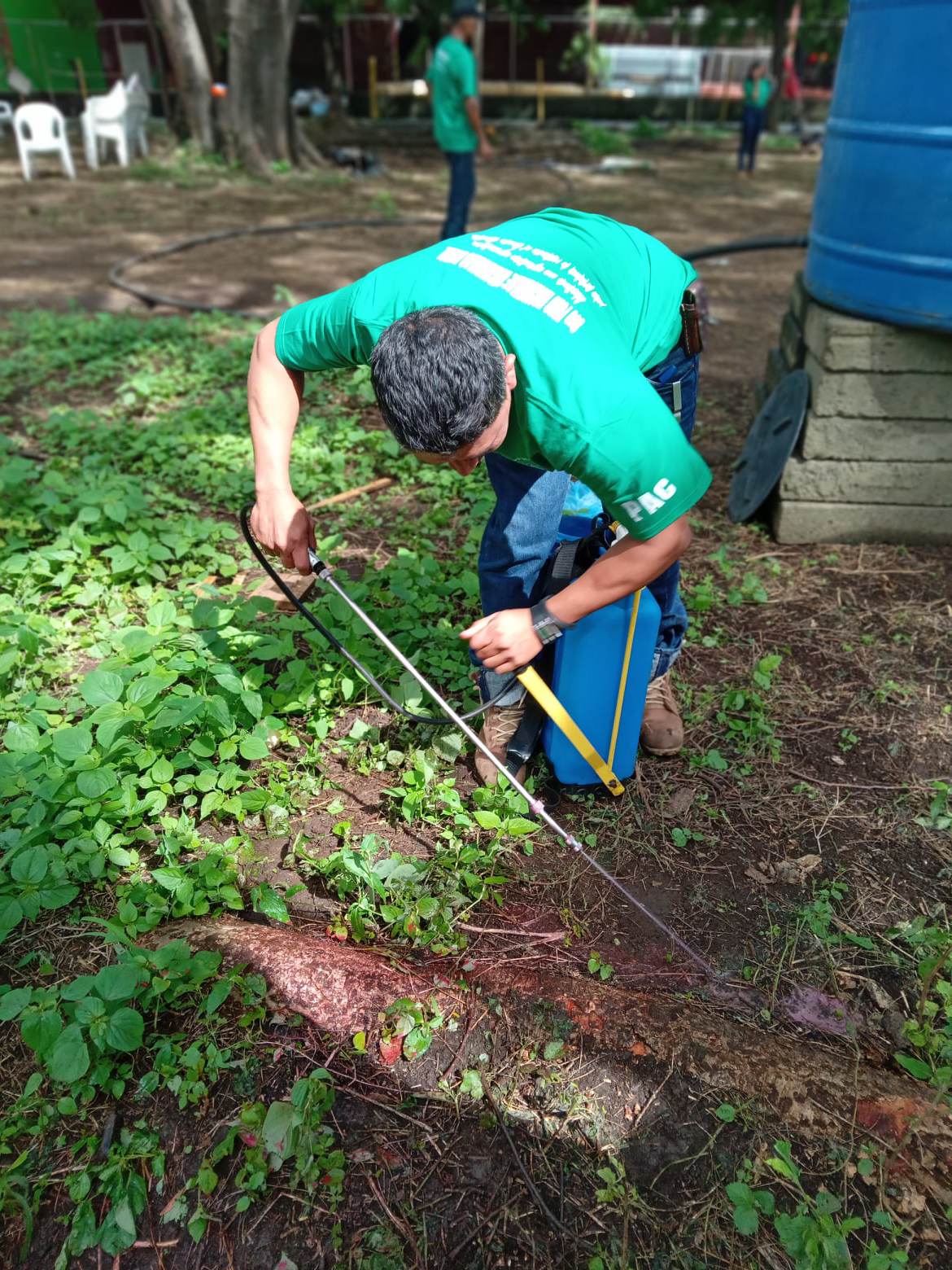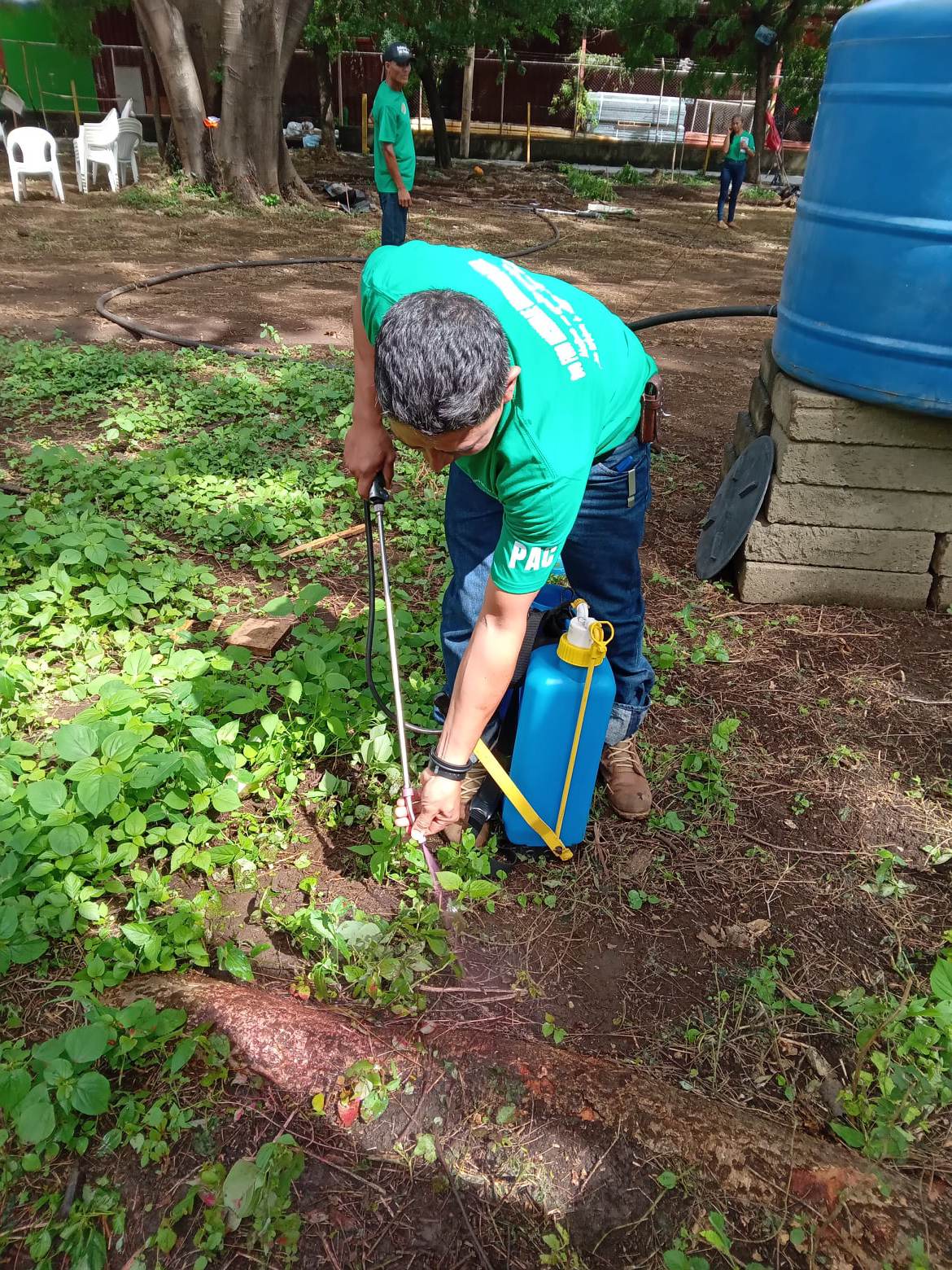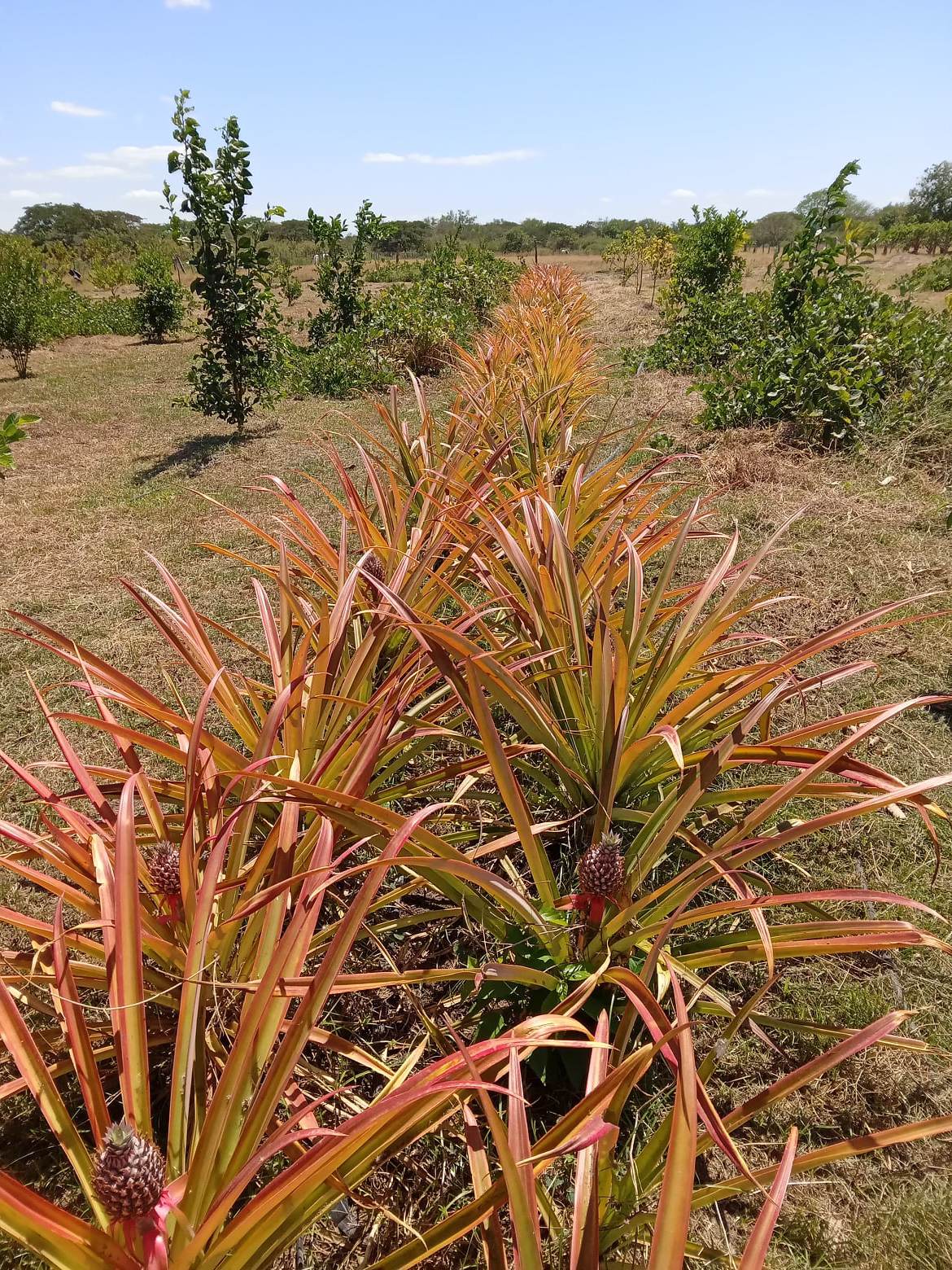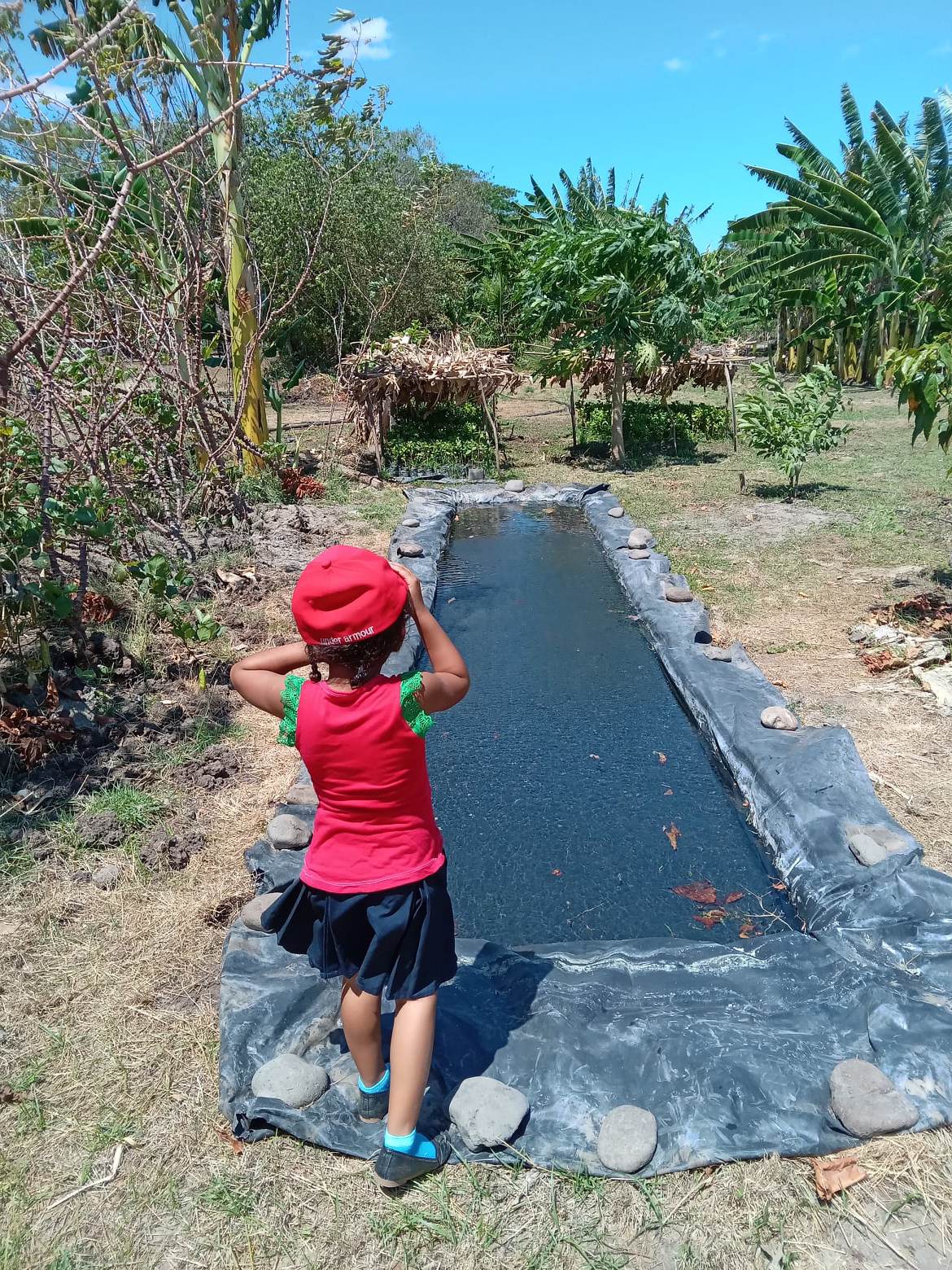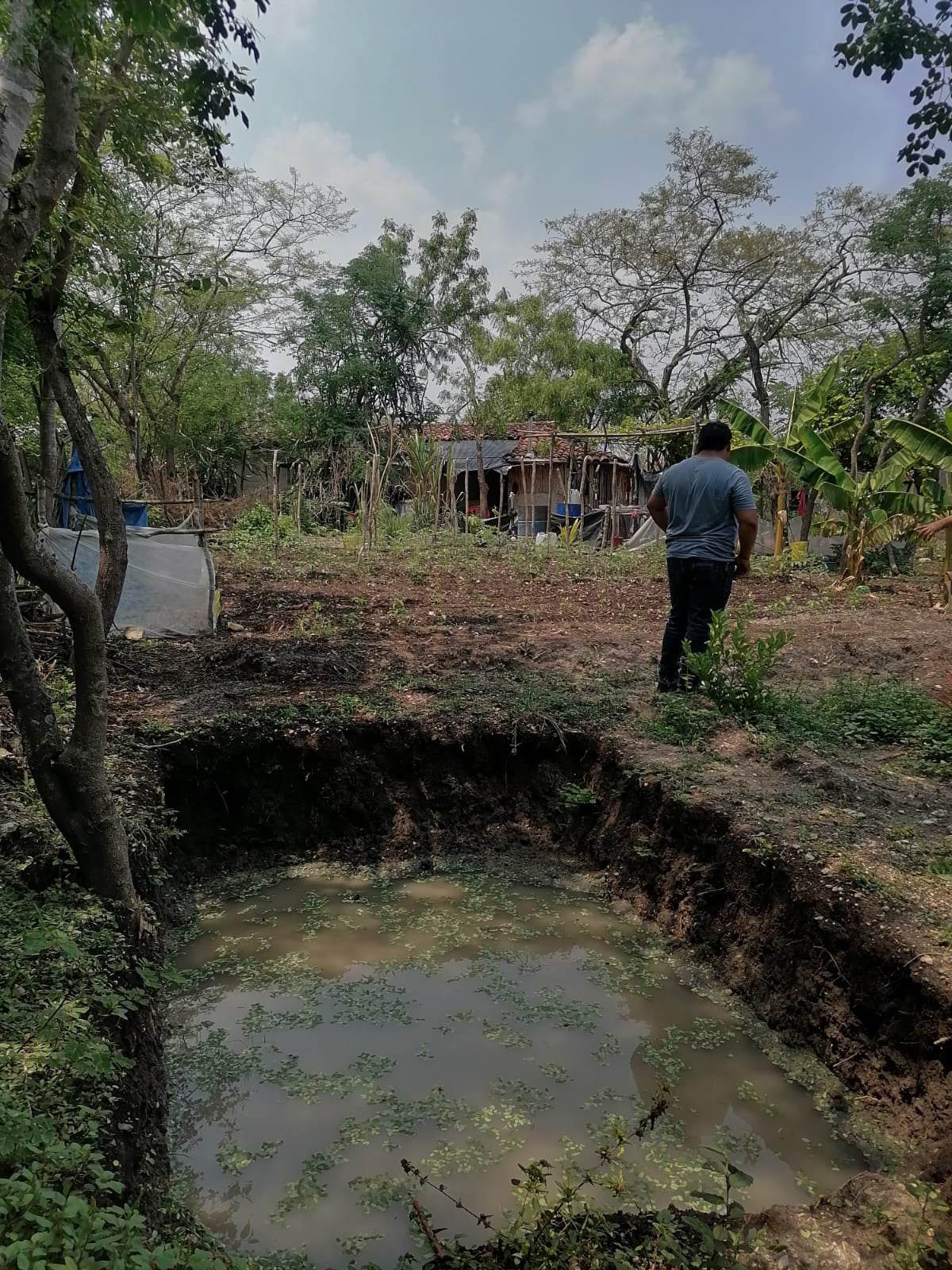A Letter from Jhan Dotel-Vellenga and Ian Vellenga, serving in Nicaragua
Summer 2023
Write to Ian Vellenga
Write to Jhanderys Dotel-Vellenga
Individuals: Give online to E132192 in honor of Ian and Jhanderys Dotel-Vellenga’s ministry
Congregations: Give to D500115 in honor of Ian and Jhanderys Dotel-Vellenga’s ministry
Churches are asked to send donations through your congregation’s normal receiving site (this is usually your presbytery).
Subscribe to our co-worker letters
Dear friends,
The beginning of May in Nicaragua is more or less the beginning of the rainy season. And it continues until October. Now, what has been confusing for me is that even though its start falls in the middle of what would officially be considered “spring” and ends in the middle of what would officially be called “fall,” and lasts through what we know to be summer, it is referred to as invierno, or “winter.” And starts at the tail end of the hottest month (at least in Managua) of the year.
When flying into Nicaragua earlier this year (during the beginning of the dry season), just looking over the land out from the window of the plane, you can’t help noticing how brown everything seems. You notice how seemingly dry everything appears. What’s even more confusing about the invierno is that with the rains, everything starts to grow again. The landscape turns from brown to green. When we think of winter, we have images of snow, of leafless trees, kids bundled up in layers of clothes. The “winter” in Nicaragua is wet, muddy, humid and hot. The only cold part about it is how low the A/C is set at the office.
Why do Nicaraguans call this time invierno? I’m not sure. Perhaps just like winter in a lot of places in the U.S., the folks spend much more time indoors to avoid the rain and have fewer outdoor activities. In between the rains, the roads are packed with motorcycles, but as soon as it starts, all of them scramble for shelter until the rain passes. The smart ones carry raincoats or makeshift ponchos just in case they are caught by surprise.With climate change occurring, the rains, or the lack thereof, in a way, catch everyone off guard a little. The beginning of May was supposed to be the beginning of the rainy season, but it only rained sporadically for two days. Then it was extremely hot – hotter than the (supposedly) hottest month of April. It wasn’t until the end of May when, finally, there was sustained rainfall.
Small farmers in Nicaragua and other parts of Central America harvest their crops at the end of two planting seasons, the first planting season being between May and August and the second from September to December. They rely on a predictable cycle in order for them to make a living. With climate change though, that cycle is getting less and less predictable.
Communities are facing increasingly extreme weather changes. During the dry season, i.e., “summer” (December to April), the air is dry, hot and dusty, and the temperatures can be pretty high. During the rainy season, rains have become more irregular; eroding the topsoil and making it difficult for farmers to know when to sow their seeds.
One of the things our partner CEPAD does is to teach climate resilience to the locals. Climate change means that farming methods also need to change. One method is training people to build their own ponds, dams and reservoirs using simple techniques and cheap materials. These things can then be used for irrigation during dry times when it’s supposed to be raining, which stabilizes a routine for the farmers. And when it does rain, these features are ideal for harvesting water (cosechas de agua) and thus be able to face the scarcity of this resource in the summer season.
Water harvesting is not a modern practice; it has been used since ancient times. It basically consists of collecting rainwater to use later. But it hasn’t been important enough until recently because there was a steady predictable climate cycle. Water harvesting has become extremely important for Nicaragua and other areas highly affected by climate. Water is a life-giving and life-sustaining resource that is becoming more and more scarce. It is important to continue and promote practices that help to safeguard our natural resources but that are also indispensable for preserving life in all its forms.
Ian and Jhan
![]() You may freely reuse and distribute this article in its entirety for non-commercial purposes in any medium. Please include author attribution, photography credits, and a link to the original article. This work is licensed under a Creative Commons Attribution-NonCommercial-NoDeratives 4.0 International License.
You may freely reuse and distribute this article in its entirety for non-commercial purposes in any medium. Please include author attribution, photography credits, and a link to the original article. This work is licensed under a Creative Commons Attribution-NonCommercial-NoDeratives 4.0 International License.
